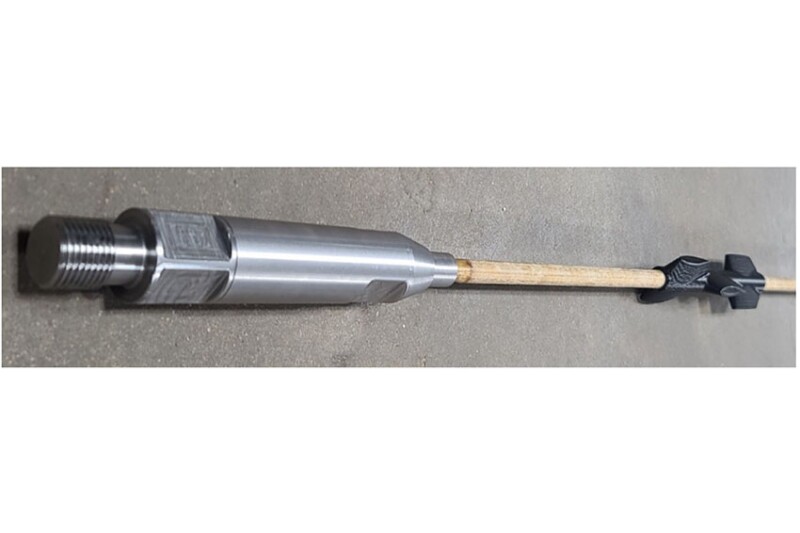The complete paper focuses on the development of fiber-reinforced thermoplastic (FRTP) sucker rods, highlighting their potential advantages and challenges, for rod pumping (in general) and for offering an earlier transition from electrical submersible pump (ESP) pumping or gas lifting to reliable deep high-rate rod pumping. A unique feature of an FRTP composite rod is its remarkably high shear failure resistance compared with that of a thermoset composite rod. A high shear-failure resistance means the rods have compressional loading tolerance and that an entire sucker rod string could be comprised of FRTP sucker rods.
Introduction
Sucker rods made from steel are relatively heavy. Extensive well-specific designs require tapering of rod strings to optimize the overall sucker rod string weight relative to the strength and fatigue requirements and consideration of the dynamic loadings from accelerations and decelerations of the rods and fluids, frictional effects, and structural or power limitations of the pump jack or unit at surface.
Steels suffer from corrosion risks.


